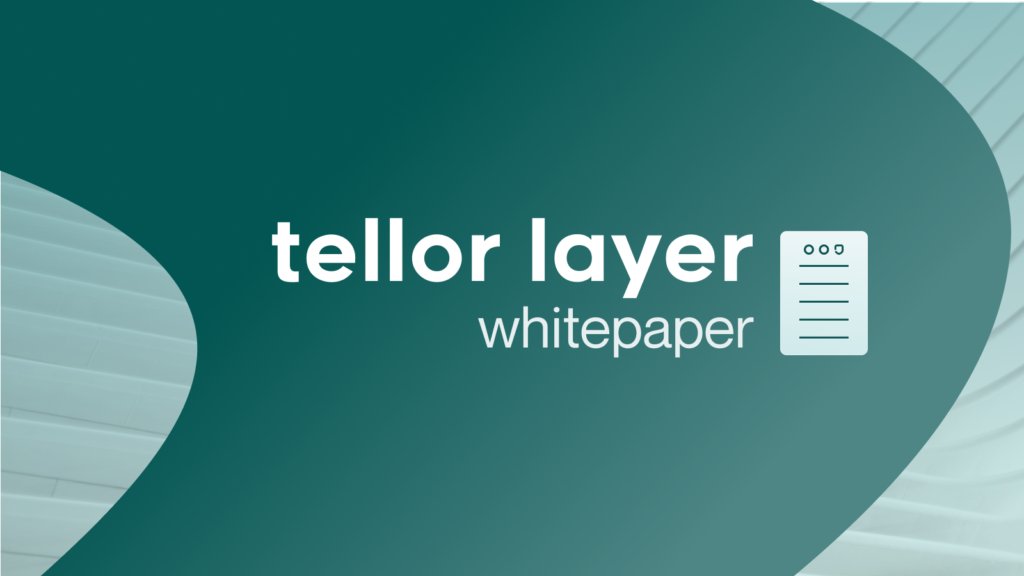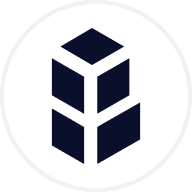Tellor (TRB) é um projeto único no mundo dinâmico das criptomoedas, com foco em oráculos descentralizados e transmissão confiável de dados para ecossistemas blockchain. A sua abordagem inovadora e forte infraestrutura posicionaram o Tellor como um ator crucial, fornecendo feeds de dados precisos e à prova de falsificação para aplicações descentralizadas (Dapps) e contratos inteligentes.
O que é o Tellor?
Tellor é uma plataforma Oracle descentralizada desenvolvida na blockchain Ethereum. Os oráculos conectam dados dentro e fora da cadeia, fornecendo informações externas para contratos inteligentes. O principal objetivo do Tellor é facilitar o acesso seguro a dados confiáveis e de alta qualidade para DApps. Através de uma rede de mineradores independentes, o Tellor garante precisão, confiabilidade e resistência à manipulação de seus dados.
A equipe do Tellor
O projeto Tellor foi fundado por Brendan Coburn e Nick Fett, que identificaram a necessidade de uma solução oracle descentralizada para impulsionar a expansão do ecossistema blockchain. Com uma equipe de desenvolvedores qualificados e entusiastas apaixonados por blockchain, Tellor ganhou reconhecimento considerável e emergiu como uma figura proeminente no domínio Oracle. A dedicação da equipa à transparência, segurança e envolvimento activo da comunidade foi crucial para os resultados do projecto.
Como é o funcionamento do Tellor?
Tellor utiliza um mecanismo de consenso distinto conhecido como Proof of Work Oracle (PoWo), que incorpora recursos de mineração de Proof of Work e oráculos descentralizados. Dentro do consenso PoW, os mineradores competem para resolver quebra-cabeças computacionais e enviar pontos de dados para o contrato inteligente Tellor. Esses pontos de dados são então agregados e o valor mais preciso é determinado e disponibilizado para Dapps e contratos inteligentes.
TRB: token nativo do Tellor
TRB é o token utilitário nativo do ecossistema Tellor, desempenhando um papel vital no governo da rede, incentivando mineradores e acessando feeds de dados. Os titulares de TRB têm poder de voto para atualizações do sistema, alterações de parâmetros e melhorias, garantindo um processo de tomada de decisão descentralizado. Além disso, o TRB é usado como garantia para piqueteamento e participação no mecanismo de consenso, o que aumenta a segurança geral da rede.
Tokenomics do Tellor
O tokenomics do Tellor apresenta um fornecimento fixo de 2,4 milhões de tokens TRB, projetados para incentivar a participação na rede e manter um ecossistema saudável. Os mineradores recebem tokens TRB recém-criados como recompensa por fornecer dados precisos, enquanto os detentores de tokens podem apostar seu TRB para participar do consenso e ganhar recompensas adicionais. A escassez do TRB e a sua utilidade dentro do ecossistema contribuem para a sua proposta de valor.
Casos de uso do token Tellor
Os tokens TRB têm vários casos de uso no ecossistema Tellor. Eles atuam como uma ferramenta de governança, permitindo que os detentores de tokens proponham e votem em decisões críticas. O TRB é utilizado como garantia para apostar e participar do processo de consenso, melhorando a segurança da rede e ganhando recompensas. Além disso, esses tokens podem ser usados para acessar e assinar feeds de dados, permitindo que DApps e contratos inteligentes aproveitem informações confiáveis e de alta qualidade.
Distribuição de tokens Tellor
A distribuição de tokens TRB seguiu uma abordagem de lançamento justa, garantindo oportunidades iguais para os participantes adquirirem tokens. Uma parte dos tokens foi alocada aos primeiros apoiadores, conselheiros e à equipe fundadora. Os tokens restantes foram liberados gradualmente por meio de recompensas de mineração e esforços de desenvolvimento de ecossistemas.
O futuro dos oráculos descentralizados com Tellor
Tellor está na vanguarda da revolução de oráculos descentralizados, capacitando aplicações blockchain com dados confiáveis do mundo real. Por meio de sua solução Oracle descentralizada, o Tellor aumenta a eficiência e a confiabilidade dos contratos inteligentes, fornecendo acesso a dados à prova de falsificação para aplicações descentralizadas. Com uma equipe dedicada, tecnologia inovadora e um ecossistema de tokens robusto, o Tellor está preparada para desempenhar um papel fundamental na definição do futuro das finanças descentralizadas e na promoção da adoção generalizada do blockchain.
























Redes sociais